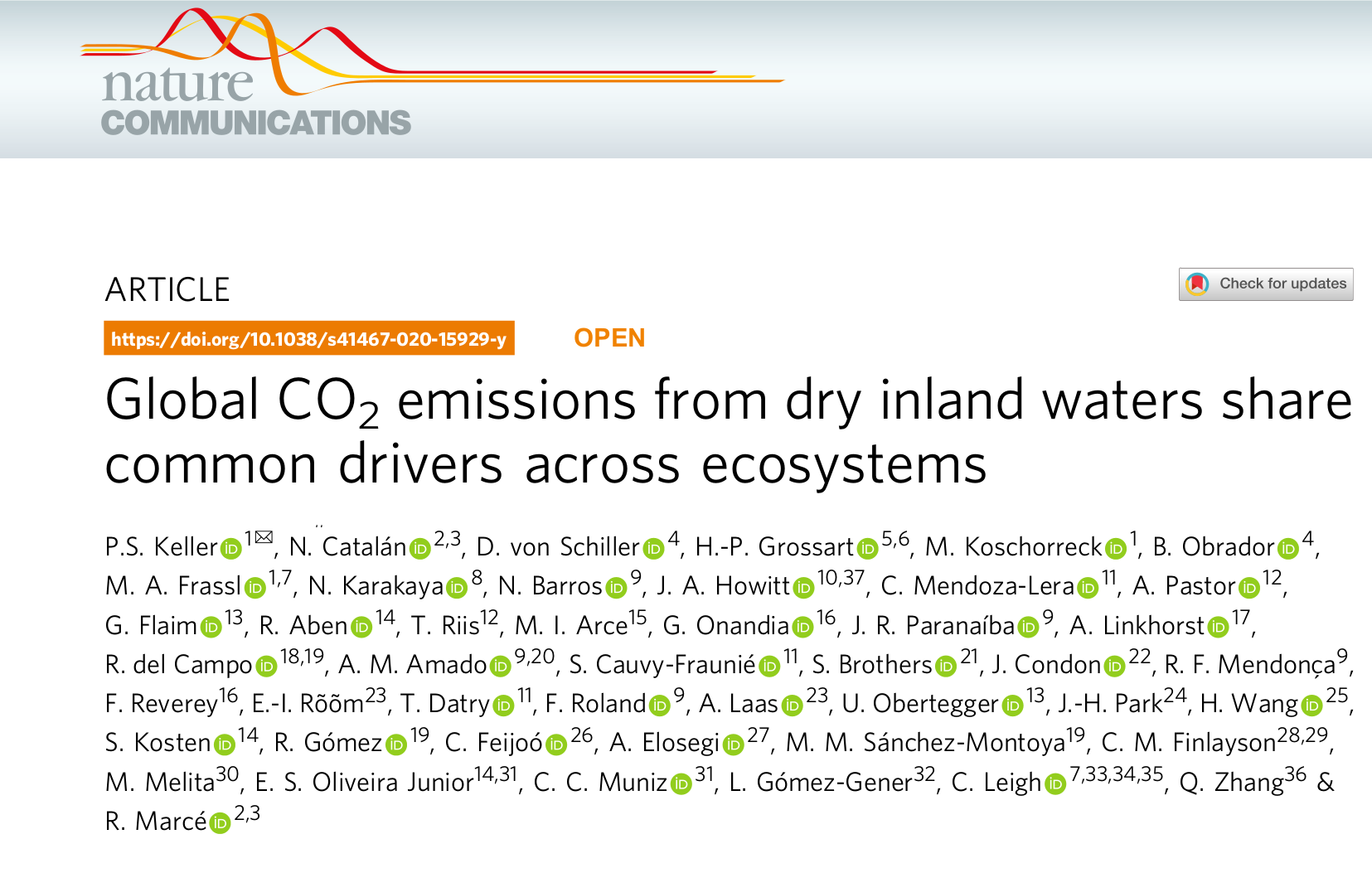
Globally, numerous lakes, reservoirs, and streams are subject to temporary drying. The emission of CO2 from these dry freshwater systems represent a so far overlooked process in the global carbon cycle. Recent research indicates that drying and rewetting of freshwater sediments creates hot spots of carbon mineralization and thus CO2 emissions. However, existing knowledge is scarce and mainly based on regional studies from e.g. U.S.A. or Spain, investigating specific systems (either lotic or lentic). Habitats with exposed sediments include ponds and ephemeral rivers as well as shallow sediments of lakes and the drawdown area of reservoirs with large water level fluctuations
dryflux is an initiative of researchers with the aim of collecting CO2 emission data from several sites around the globe.
Contributing partners perform measurements using a closed chamber approach. The coordinated measurements at several sites shall answer the following questions:
- what is the magnitude of CO2 emissions from dry aquatic systems?
- are CO2 emissions from dry aquatic systems relevant on a global scale?
- what are the basic drivers of emissions: Temperature? sediment moisture? organic matter content?
The initiative is led by
Rafael Marcé
(ICRA, Spain) and
Matthias Koschorreck
(UFZ, Germany). Dryflux is also a
gleon project
.
First results: poster at Gleon 19
Contact:
Philipp Keller
Helmholtz Centre for Environmental Research - UFZ
Brückstrasse 3a, D-39114 Magdeburg
Germany
philipp.keller@ufz.de


